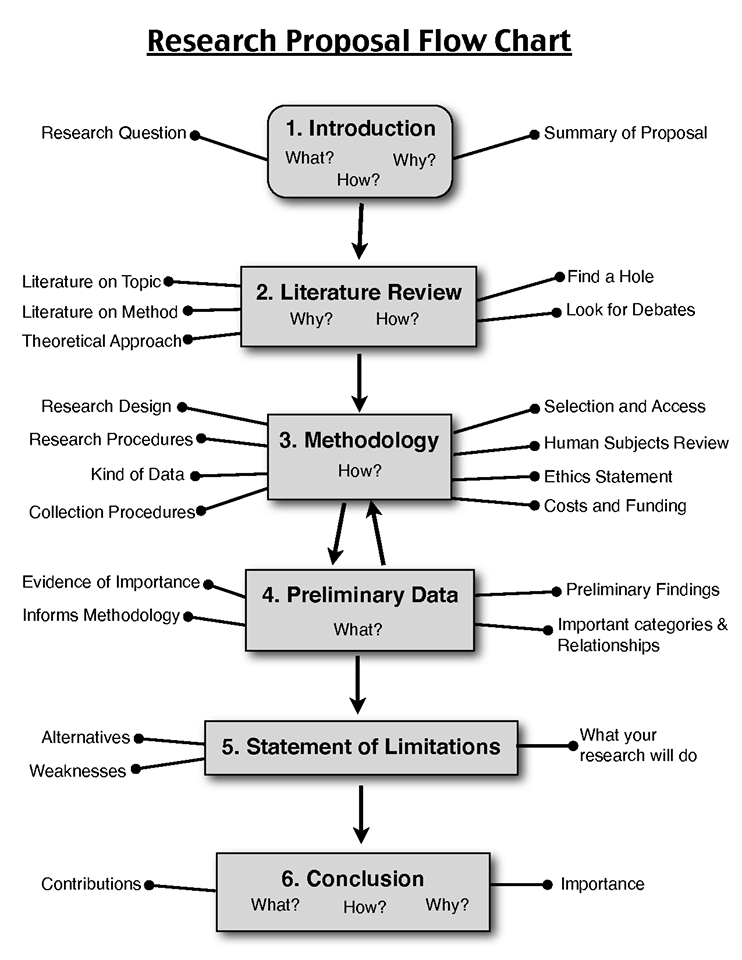Two Twins born to Physics at Large Hadron Collider (LHC)

Physicists at the LHC have detected two never-before-seen subatomic particles. These Ξb particles were predicted by the quark model and estimated to have masses roughly six times that of the proton, but previous experiments have not run at high enough energy to produce these massive particles. The detections offer new precision measurements of the Ξb masses, which will place tighter constraints on particle physics theories.
Quarks come in three families: up/down, strange/charm, and bottom/top. In 2007, physicists observed the first particle with one quark from each family: Ξ−b, consisting of one bottom, one strange, and one down quark, giving it a negative charge of −1. However, this is just the lowest mass version of this three-family quark combination. Quark theory predicts the existence of two higher mass cousins of Ξ−b, called Ξ′−b and Ξ∗−b, which are characterized by their spin of 1/2 and 3/2, respectively.
Two structures are observed close to the kinematic threshold in the Ξ0bπ− mass spectrum in a sample of proton-proton collision data, corresponding to an integrated luminosity of 3.0 fb−1, recorded by the LHCb experiment. In the quark model, two baryonic resonances with quark content bds are expected in this mass region: the spin-parity JP=(1/2)+ and JP=(3/2)+ states, denoted Ξ'−b and Ξ*−b. Interpreting the structures as these resonances, we measure the mass differences and the width of the heavier state to be
m(Ξ'−b)−m(Ξ0b)−m(π−)=3.653±0.018±0.006 MeV/c2, m(Ξ*−b)−m(Ξ0b)−m(π−)=23.96±0.12±0.06 MeV/c2, Γ(Ξ*−b)=1.65±0.31±0.10 MeV,
where the first and second uncertainties are statistical and systematic, respectively. The width of the lighter state is consistent with zero, and we place an upper limit of Γ(Ξ'−b)<0.08 MeV at 95% confidence level. Relative production rates of these states are also reported in the article.
To confirm the existence of these short-lived Ξ−b particles, the LHCb
experiment at CERN looked for evidence of Ξ−b decays in data from
proton-proton collisions at energies of 7 and 8 tera-electron-volts.
Specifically, they investigated decays into a neutral Ξ0b and a
negatively charged pion (π−). They observed signatures for two particles
at masses of 5935 and 5955 mega-electron-volts, corresponding to Ξ′−b
and Ξ∗−b. The results came as a surprise, as many models predicted that
the Ξ′−b was not massive enough to decay through this route, and a
search at another CERN experiment had not found the equivalent decay of a
closely related particle Ξ′0b. Using the new, very precise mass
measurements, theorists will be able to improve their
models—specifically those that predict the mass of other quark-based
particles.
DOI: http://dx.doi.org/10.1103/PhysRevLett.114.062004

Source: http://journals.aps.org/prl/abstract/10.1103/PhysRevLett.114.062004




